Why Split?
Split is a city in Central Dalmatia, Croatia, and the seat of the Split-Dalmatia county. The city was built around the Diocletian palace (a palace/fort built for the retired Roman emperor Diocletian) where the locals sought refuge centuries ago. Wandering the historic centre of Split you can still clearly see the Roman walls, squares, and temples.
Because of its ideal climate, with 2,800 hours of sunlight each year, local people have a few nicknames for Split: "The most beautiful city in the world" and "Mediterranean flower". Many famous Croatian sports people were born in Split, so locals often nicknamed their city "The sportiest city in the world". The most popular sport institution is the football club Hajduk. Large portions of the city are painted with the club's colors and logo. This is done by Torcida, the oldest supporters group in Europe, established in 1950. Besides the bell tower of St. Duje, the symbols of city are the Dalmatian dog and a donkey. Locals have a high regard for the donkey because of its past indispensable place in field work and transport across the Dalmatian mountains.
Because of its ideal climate, with 2,800 hours of sunlight each year, local people have a few nicknames for Split: "The most beautiful city in the world" and "Mediterranean flower". Many famous Croatian sports people were born in Split, so locals often nicknamed their city "The sportiest city in the world". The most popular sport institution is the football club Hajduk. Large portions of the city are painted with the club's colors and logo. This is done by Torcida, the oldest supporters group in Europe, established in 1950. Besides the bell tower of St. Duje, the symbols of city are the Dalmatian dog and a donkey. Locals have a high regard for the donkey because of its past indispensable place in field work and transport across the Dalmatian mountains.
Top sights of Split
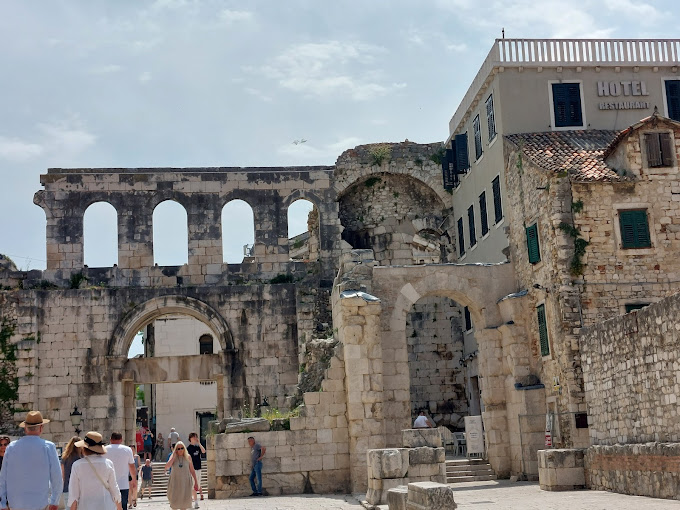
Diocletian's Palace
Historical landmark
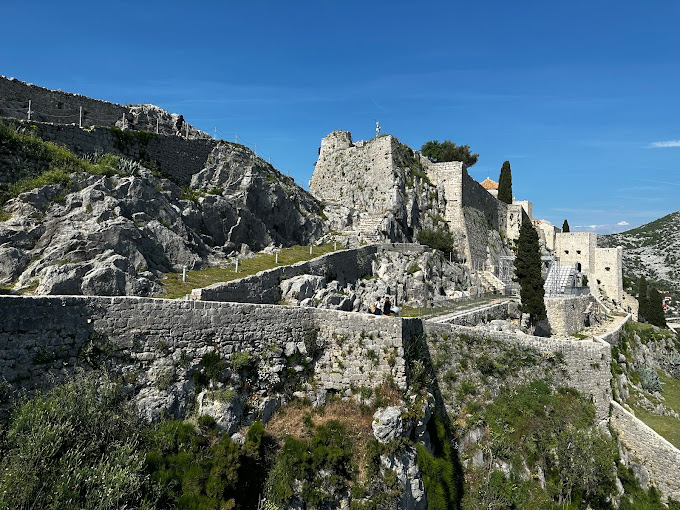
Fortress of Klis
Fortress
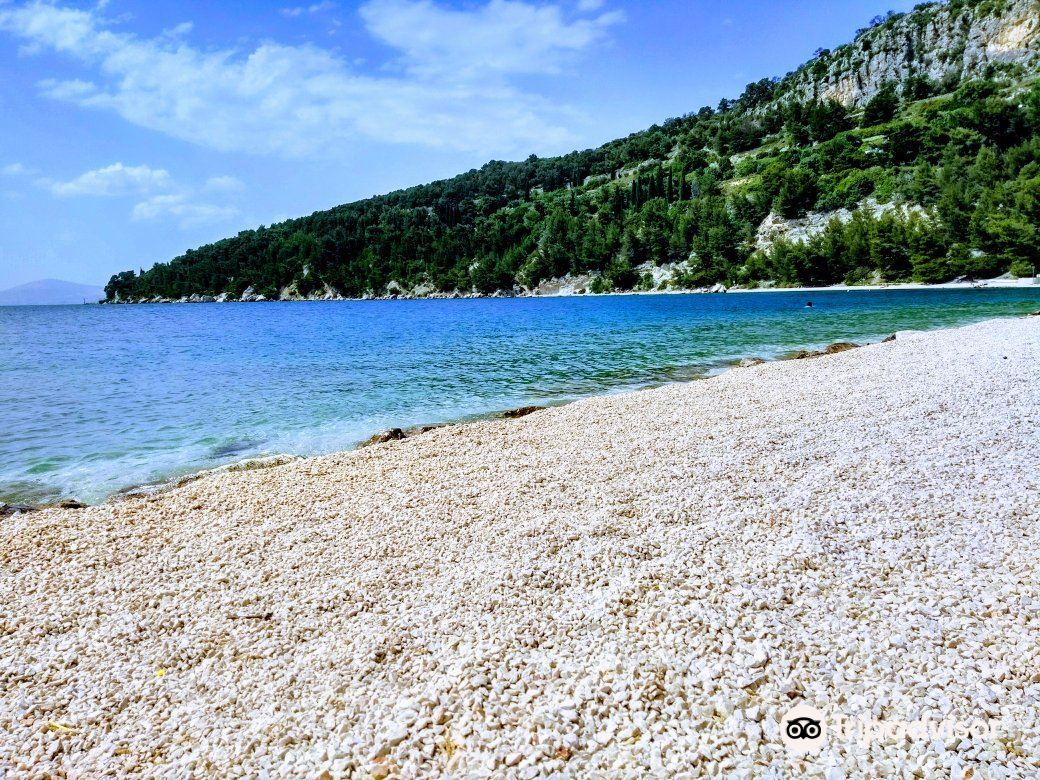
Kasjuni Beach
Beach
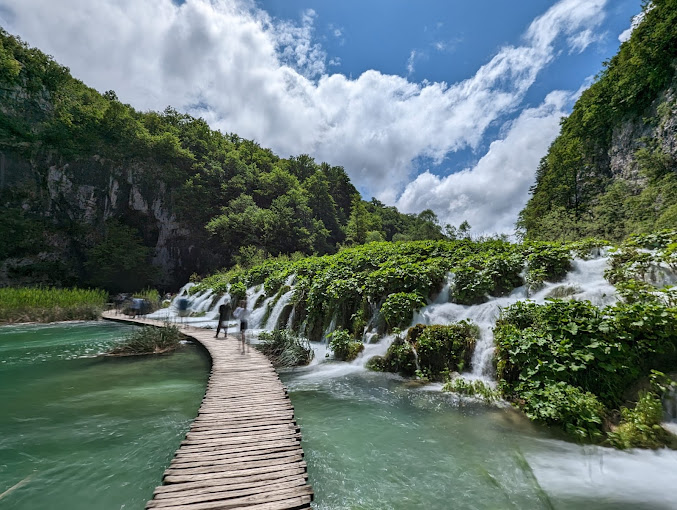
National Park
National park
My diary letter
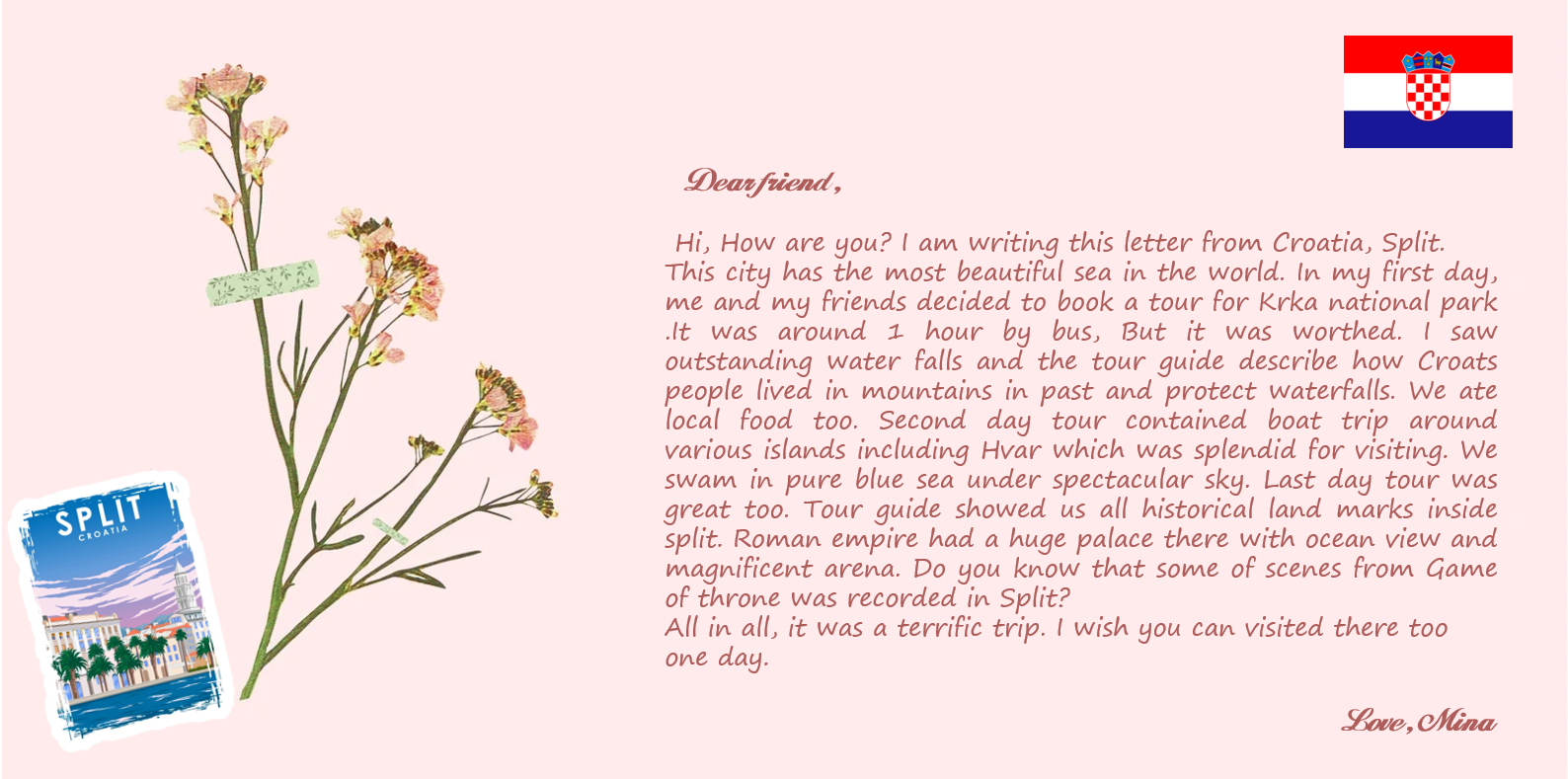
My Gallery













